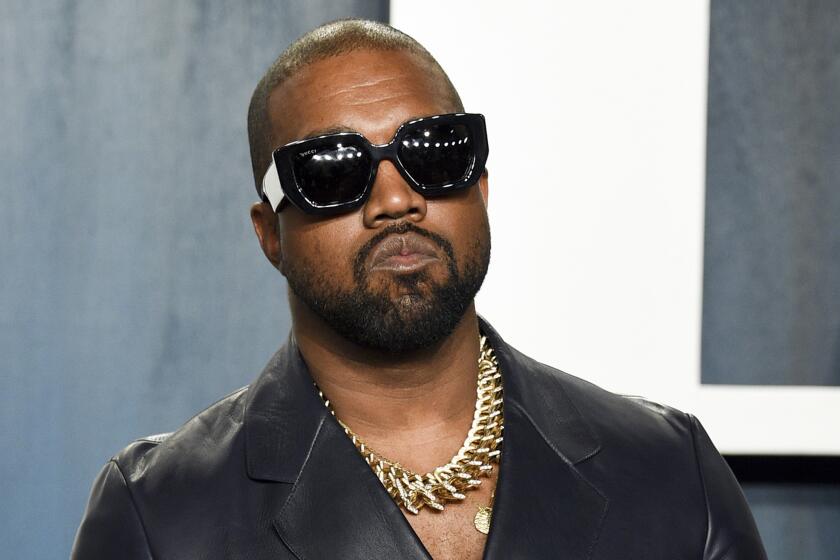That’s no string orchestra, that’s just Stevie Blacke
- Share via
Times might be tough for the record industry, but they’re good for Stevie Blacke. The multi-instrumentalist has appeared on such hit songs as Pink’s “Sober,” Rihanna’s “Rehab” and Hinder’s “Without You” -- and tracks from Madonna, Beck and Snoop Dogg -- playing violin, cello, mandolin, lap steel, Dobro or more than a dozen other instruments, including the two-stringed Chinese Erhu.
He’s a master, he says, of “all things stringed,” and the one-man orchestra has become a go-to guy for music producers of all stripes. “What’s great about Stevie is that you give him a copy of your song and two days later he returns with a finished string arrangement,” says Grammy-winning producer Steve Lillywhite.
Blacke, 42, was born in London, where his parents, Juilliard School graduates, were vacationing. He grew up in Ohio on the music of Eric Clapton and Pink Floyd before attending Berklee College of Music to study guitar. He originally hoped to become a singer-songwriter who would surround himself with acoustic instrumentation. “I wanted to be Dave Matthews before he was Dave Matthews,” Blacke says.
At Berklee, he fell in love with the music of David Grisman and studied with the mandolin master in Northern California. When Blacke returned to Berklee, his instructor would continue teaching him mandolin only if he would pick up the violin. Eventually, he began learning anything with a string.
Some instruments he added out of desire, others out of necessity. Shortly after moving to Los Angeles from Marin County in 1998, he was creating violin overdubs for a hip-hop artist. “They’d say play lower. I’d try to retune a little bit, but it wouldn’t go down low enough,” Blacke recalls. “So I went out and rented a cello and, literally, the first day I had it, I was in a session playing low notes. . . . No training.”
Blacke generally works alone, accompanied only by his instruments and Pro Tools audio recording software, in his Sherman Oaks home (although he once carted all of his instruments in his pickup truck to a recording studio at Beck’s request). Occasionally, an artist makes a house call. “Pink walked in and said, ‘I love the violin. Show me something,’ so I gave her a little 10-minute lesson.”
Blacke records each instrument in his living room, behind the flat screen TV and leather sofa. He sets up four microphones and places a chair on a 4-by-8-foot carpet. In a trick he learned from Lillywhite, he moves the chair as he switches instruments, replicating where that instrument would line up in a real orchestra: The violin chair is on one end of the carpet; Blacke moves the chair to the other end when he plays cello. He overdubs each instrument up to 25 times to create an orchestral sound.
Blacke won’t reveal what he charges but coyly adds “it’s definitely cheaper to hire me than to hire 25 people.”
--
More to Read
The biggest entertainment stories
Get our big stories about Hollywood, film, television, music, arts, culture and more right in your inbox as soon as they publish.
You may occasionally receive promotional content from the Los Angeles Times.










